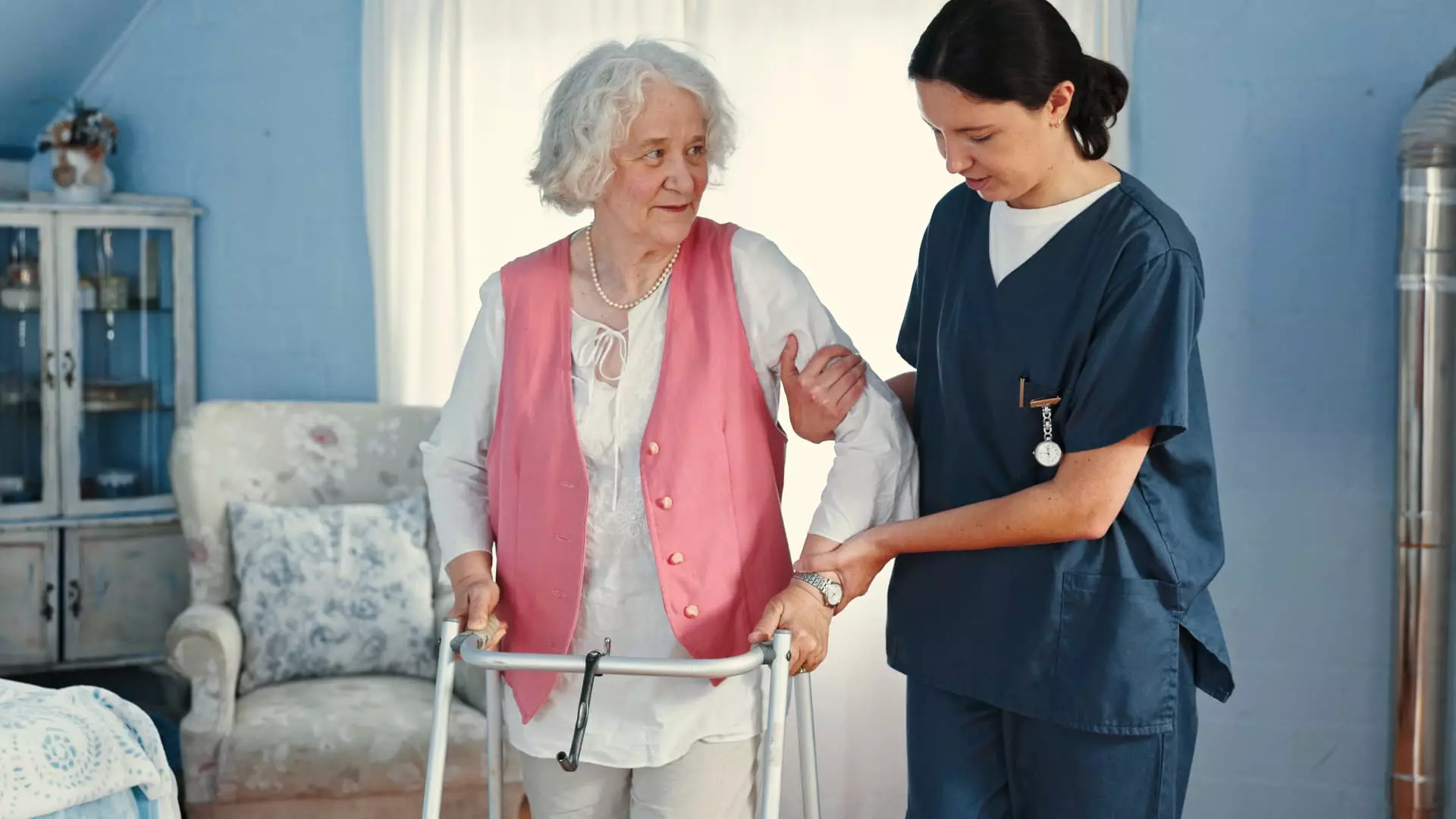The world is experiencing an unprecedented demographic shift as the aging population continues to expand at a staggering rate. By 2030, every single baby boomer in the United States will be over the age of 65, creating a seismic wave of demand for services tailored to senior citizens. As the Census Bureau projects that seniors will make up approximately 21% of the population by 2030, it is important to recognize that these numbers are not simply statistics; they signify lifelong choices and profound implications for society and the economy.
This phenomenon underscores a critical change in societal dynamics. With an increasing life expectancy and declining fertility rates, we must grapple with the reality that our workforce is shrinking while the demand for elderly care is surging. This disparity presents significant challenges and opportunities, and yet many policymakers remain blissfully unaware of the urgent need for solutions that address this impending crisis.
The Desire to Age in Place
For many seniors, the dream of aging in place has become a top priority. A recent AARP survey reveals that a staggering 75% of adults aged 50 and older prefer to live in their own homes as they advance in age. This strong preference reverberates throughout various sectors of the economy, from healthcare services to technological innovations.
Yet, the case for home-based care is often underestimated. Contrary to what some might believe, aging in place doesn’t merely involve providing a roof over one’s head; it necessitates a comprehensive approach that includes in-home care services, accessibility adaptations, and supportive technologies. The question remains, how can we create a sustainable ecosystem that empowers seniors not merely to exist but to thrive in their golden years?
Opportunities in Home Health Care
The home care industry is poised for explosive growth as a result of this demographic shift. With the demand for in-home care services on the rise, companies like Addus HomeCare are leading the charge. Focused on delivering personal care, hospice, and skilled health services directly to seniors’ homes, Addus epitomizes the future of healthcare delivery. This sector is not merely a luxury; it is a necessity that can alleviate the strain on hospitals and nursing homes, ensuring that vulnerable populations receive the care they deserve.
However, despite the promising outlook, the industry faces significant obstacles, including regulatory challenges, workforce shortages, and inadequate reimbursement models. Stakeholders must be diligent in addressing these hurdles to unlock the full potential of home health care.
The Role of Technology
In a world increasingly driven by technological advancements, it is vital to recognize the essential role technology plays in facilitating effective aging in place. The integration of smart-home technologies, fall detection systems, and data-driven health solutions stands as a testament to how innovation can empower seniors. For instance, software providers like Phreesia are revolutionizing patient interactions by assessing social determinants of health that can influence wellness outcomes.
As health plans acknowledge the significance of data in managing senior care, the opportunities for growth within this sector become more apparent. These technological solutions not only enhance patient care but also facilitate timely interventions that could ultimately save lives.
Investment Implications and Precarious Futures
Investors should pay close attention to this shifting landscape, as the aging population is poised to impact a myriad of sectors. Beyond traditional healthcare models, opportunities abound in social care services, telehealth platforms, and technology-focused enterprises. While companies like Addus HomeCare and Phreesia are well-positioned to benefit from these trends, potential investors must remain vigilant and skeptical of the reflexive optimism that often accompanies emerging industries.
In navigating this brave new world, it is essential to critically assess which companies are effectively addressing the needs of the aging population. The demographics are clear, but success hinges on executing solutions that are sustainable and impactful. The potential for growth is undeniable; however, it is accompanied by a host of complexities that demand our full attention and scrutiny.
The evolution of care for seniors is more than a narrative of success; it is a clarion call for immediate action in crafting policies and practices that honor their dignity, autonomy, and humanity. Ignoring these realities is not just imprudent; it could be catastrophic.

